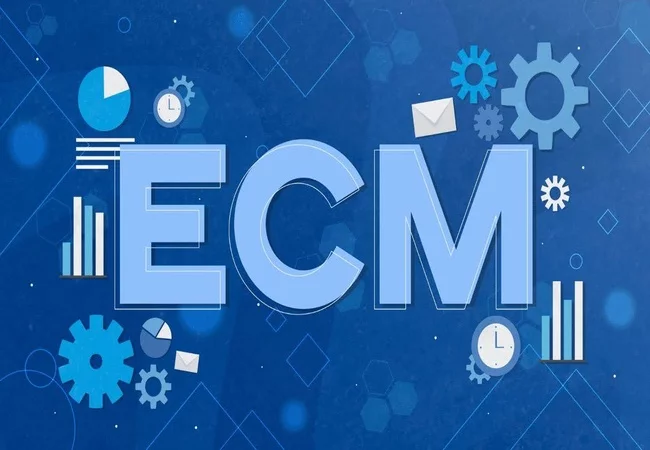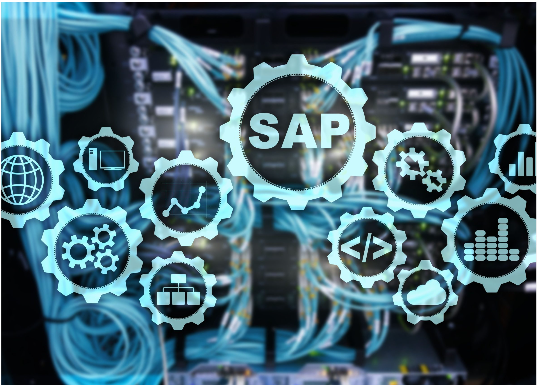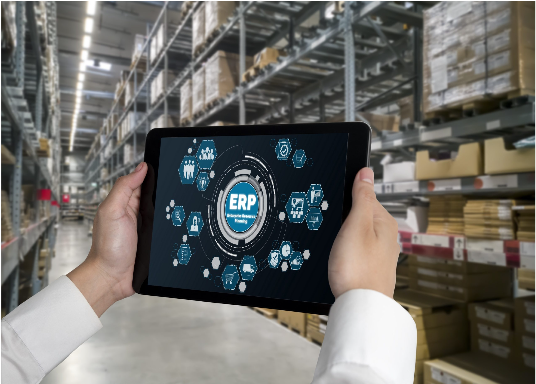Enterprise Content Management (ECM) Overview

Enterprise Content Management (ECM) is a comprehensive strategy and technology framework that enables organizations to capture, manage, store, preserve, and deliver content and documents related to business processes. In today’s digital era, businesses generate enormous volumes of structured and unstructured information such as emails, contracts, invoices, images, records, and multimedia files. Without proper management, this content often becomes scattered across departments, creating inefficiencies, compliance risks, and difficulties in retrieving important information when needed. ECM provides a unified platform that brings together content, processes, and people, ensuring that the right information is available to the right users at the right time. By combining document management, workflow automation, records management, collaboration, and compliance features, ECM empowers organizations to operate more efficiently, reduce costs, and improve decision-making while maintaining full control over sensitive data.
At the core of ECM is its ability to capture and digitize information from multiple sources. Documents arriving via paper, email, web forms, or enterprise applications can be scanned, uploaded, or automatically ingested into the ECM system. Advanced features such as optical character recognition (OCR) and metadata tagging ensure that documents are indexed and easily searchable, eliminating the time-consuming task of manual filing and retrieval. Once captured, content is stored in secure repositories with access controls, versioning, and audit trails, ensuring both security and compliance. This not only reduces reliance on paper-based processes but also prevents data silos and enables employees to collaborate more effectively across departments and geographies.
One of the key strengths of ECM lies in its workflow and business process management capabilities. Organizations can design automated workflows that route documents to the right people for review, approval, or action. For example, an invoice received can be automatically routed to the accounts payable team, validated against purchase orders, and approved by managers, reducing cycle times and minimizing human errors. Similarly, HR departments can streamline employee onboarding by automating document collection, approvals, and compliance checks. By embedding business rules into workflows, ECM ensures consistency, compliance, and transparency across organizational processes, while freeing employees from repetitive manual tasks.
From a compliance and governance perspective, ECM provides robust tools to ensure that organizations meet regulatory and legal requirements. Industries such as finance, healthcare, government, and manufacturing often face strict regulations around data retention, privacy, and auditability. ECM solutions include records management capabilities that define retention schedules, manage archival processes, and ensure that documents are preserved or disposed of in compliance with legal requirements. Comprehensive audit trails and role-based access controls further strengthen accountability and protect sensitive information from unauthorized access or misuse. This not only mitigates compliance risks but also simplifies audit preparation and reporting.
Collaboration is another area where ECM delivers significant value. With integrated collaboration features such as version control, document check-in/check-out, annotations, and real-time co-authoring, teams can work together seamlessly regardless of location. Cloud-based ECM platforms extend this collaboration by enabling remote access and mobile integration, ensuring that employees can securely access and contribute to content from anywhere. This level of flexibility is especially valuable in the modern hybrid work environment, where organizations must support distributed teams while maintaining data security and compliance.
The benefits of ECM extend beyond internal efficiency to customer experience as well. By ensuring faster access to accurate information, organizations can respond to customer inquiries more quickly, resolve issues efficiently, and provide higher levels of service. For example, a customer service representative using ECM can instantly retrieve a client’s historical records, contracts, or transaction details, leading to faster resolution and improved satisfaction. Moreover, advanced analytics and reporting capabilities within ECM provide leaders with insights into document usage patterns, workflow bottlenecks, and compliance gaps, enabling continuous process improvement and smarter decision-making.
In conclusion, Enterprise Content Management is not just about storing documents; it is a strategic approach to managing the entire lifecycle of business information. By integrating capture, storage, workflow automation, compliance, and collaboration into a single platform, ECM helps organizations reduce costs, increase efficiency, and ensure regulatory compliance while improving collaboration and customer service. Whether deployed on-premises, in the cloud, or as a hybrid solution, ECM plays a critical role in digital transformation by enabling businesses to manage information as a strategic asset. In a world where data is growing at unprecedented rates, ECM empowers organizations to harness the full potential of their content, driving innovation, operational excellence, and sustainable growth.















